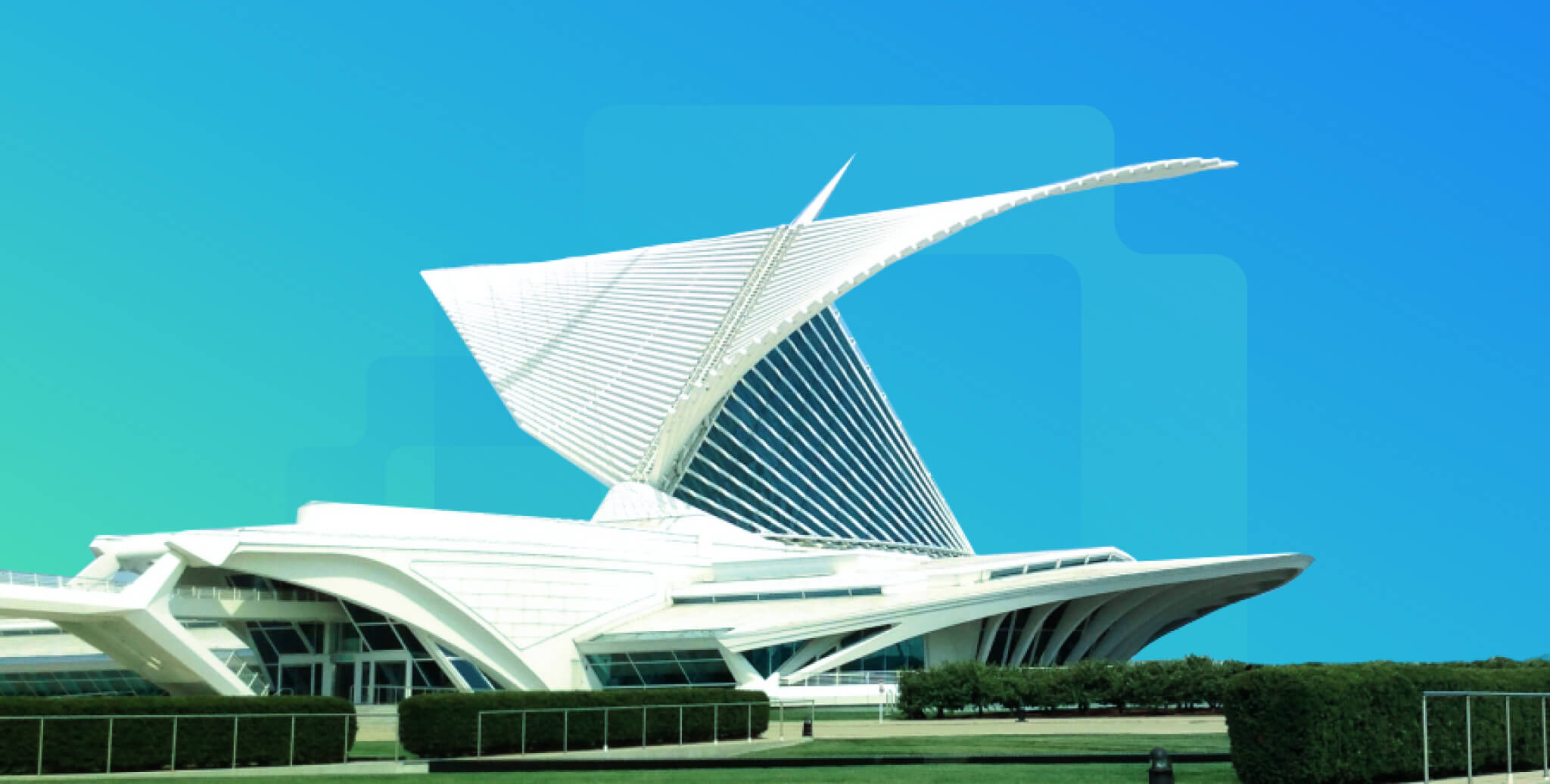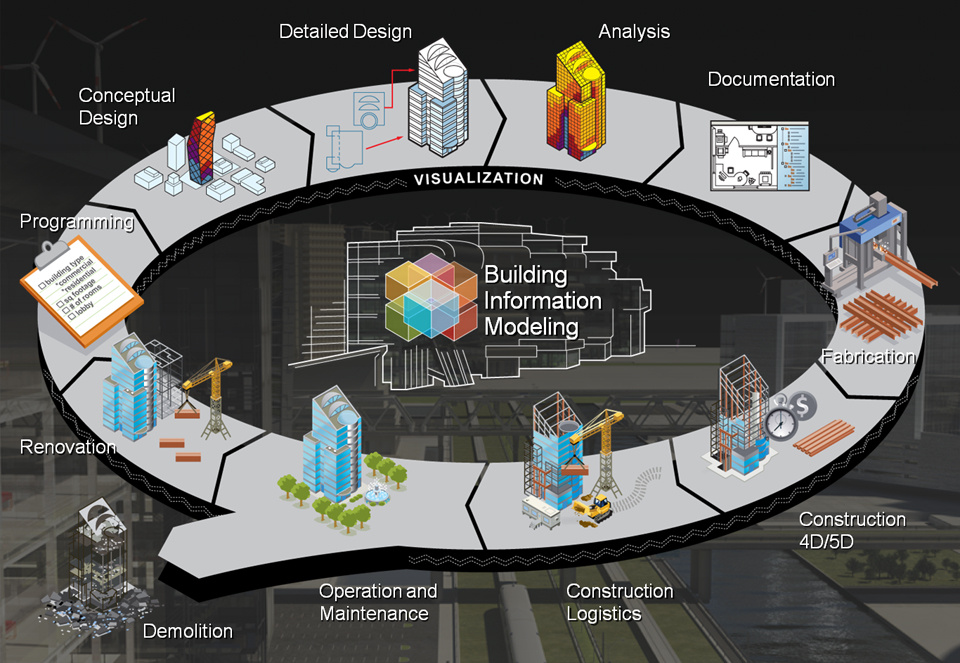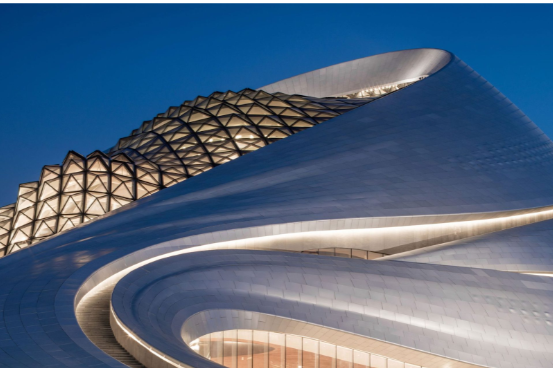Biomimetic Design vs Biophilic Design: What makes them unique?
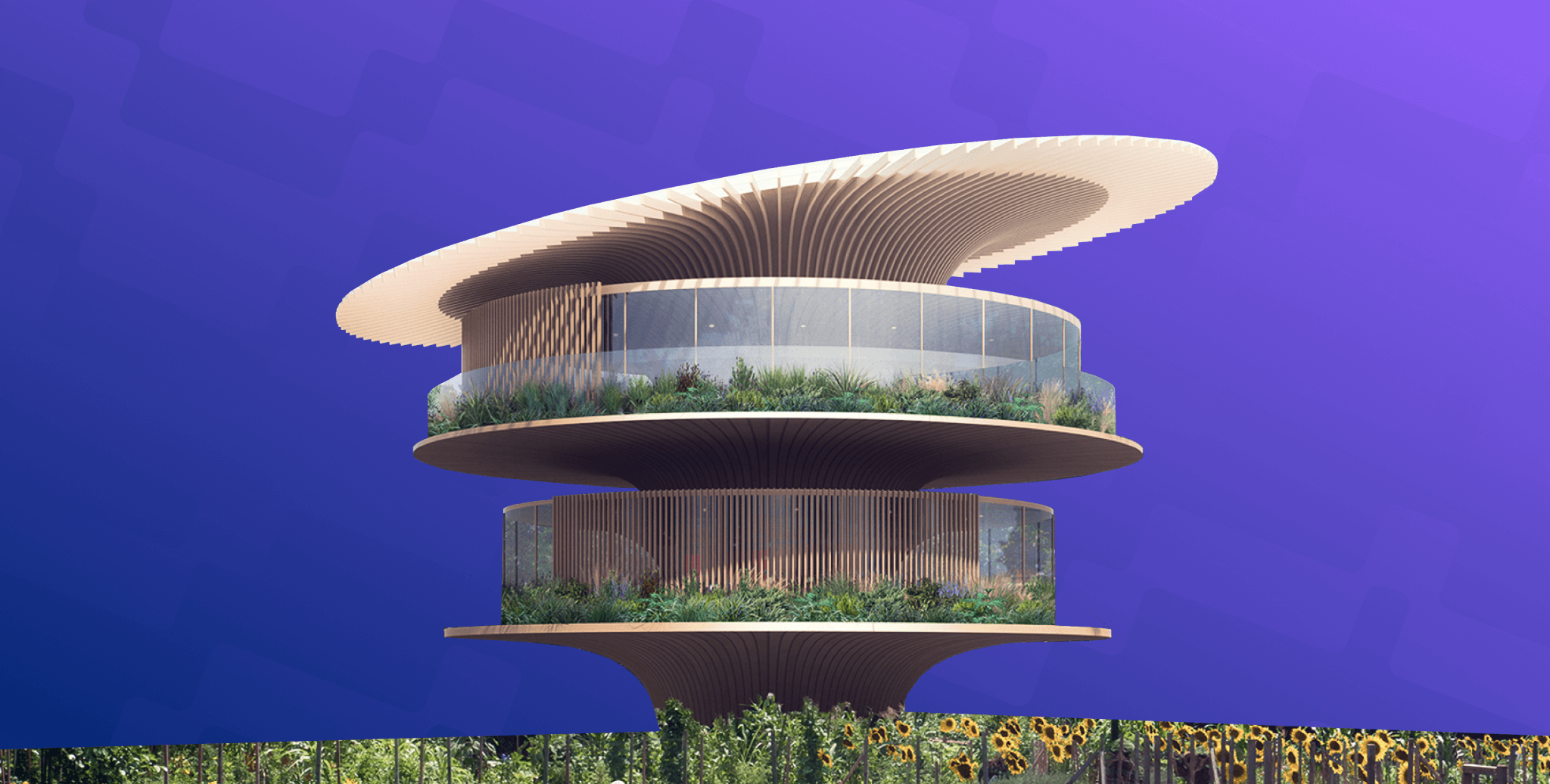
Table of Contents
Nature has been at the core of all creation. However, it is only in recent years that a larger audience has come around to understand its impact worldwide. Factors such as a globalised economy, growth of technology in leaps and bounds especially in the last decade or so, and the general public having access to resources, could be attributed with this informed awareness. This has greatly benefited in granting them a better understanding of the AEC (Architecture, Engineering, and Construction) industry.
Post the global pandemic outbreak, especially, the grave after-effects of reckless construction and nature’s retaliation against the same have forced building design and construction professionals worldwide to think differently. Additionally, what has also contributed towards this accelerated curiosity is the general public coming to understand its importance and effects in the long run. Trapped in their homes with nowhere to go, many found solace in whatever little access they had to open spaces and greens. Therein came the awareness of emotional well-being; the psychology of spaces has a long-lasting effect on its inhabitants’ behaviour as well as mental health. Owing to this, biophilia and biomimetics – the two terminologies – were catapulted into general public stardom.
Let’s dive a little further into what we mean by biophilic and biomimetic design principles, what sets them apart, and how they are reviving and becoming important elements of good architectural design.
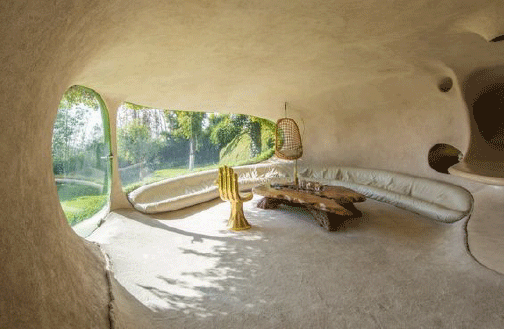
Biophilic and Biomimetic: Terminology origins
Biophilia was first coined by German psychologist Eric Fromm in 1964, and equates to the tendency of humans to find connections with other natural forms of life and beings. Later, it was popularised by American biologist Edward O. Wilson in his book “Biophilia” in 1984. For long, human beings sought design inspiration in nature, rewarding them with innovative breakthroughs. However, through her book, Biomimicry: Innovation Inspired by Nature, in 1997, scientist Janine Benyus sparked a worldwide interest of not only bologists and theorists but also AEC professionals (Architecture, Engineering and Construction) as well.
Even though biophilia emphasises the importance of nature from a conceptual and physiological point of view, biomimetics simply uses nature as a learning source to mimic its workings and find design solutions for our built environment. While these are long familiar concepts in the AEC sector, architects and designers are now finding more and more clients resonating with the inclusion of nature and sustainable design practices in their projects.
.jpeg?width=1446&height=1085&name=WhatsApp-Image-2022-02-01-at-6.07.31-PM-(1).jpeg)
What is Biophilic Design?
Biophilic design majorly focuses on creating space with the aspect of the natural world that contributes to human health and productivity. Biophilic design has both organic and place-based elements. From environmental features such as colour, air, water and more to natural shapes, form, patterns and proceses, biophilic designs take inspiration from nature that connects a landscape or building to the culture and ecology of its local area.
Winston Churchill’s famous lines, “We shape our buildings and afterwards our buildings shape us,” in recent years has come to be backed by evidence and data. The practice of the AEC industry in recent years to “create shelters” without investing thought in its long-term implications has not only come back to haunt these ‘creations’ but also posed new and grave challenges for the future generation. Migration, climate emergency, land pollution and diminishing land for construction, to name a few, are some hard-hitting realities for our present and future generations. In a more individual context, we can find our society plagued with severe psychological challenges such as anxiety, depression, and suicidal tendencies, to name a few. In such a scenario, AEC professionals have found respite in the fact that there is a certain demand and appreciation for nature’s ability as a healer, leading to a resurgence in biophilic architecture.
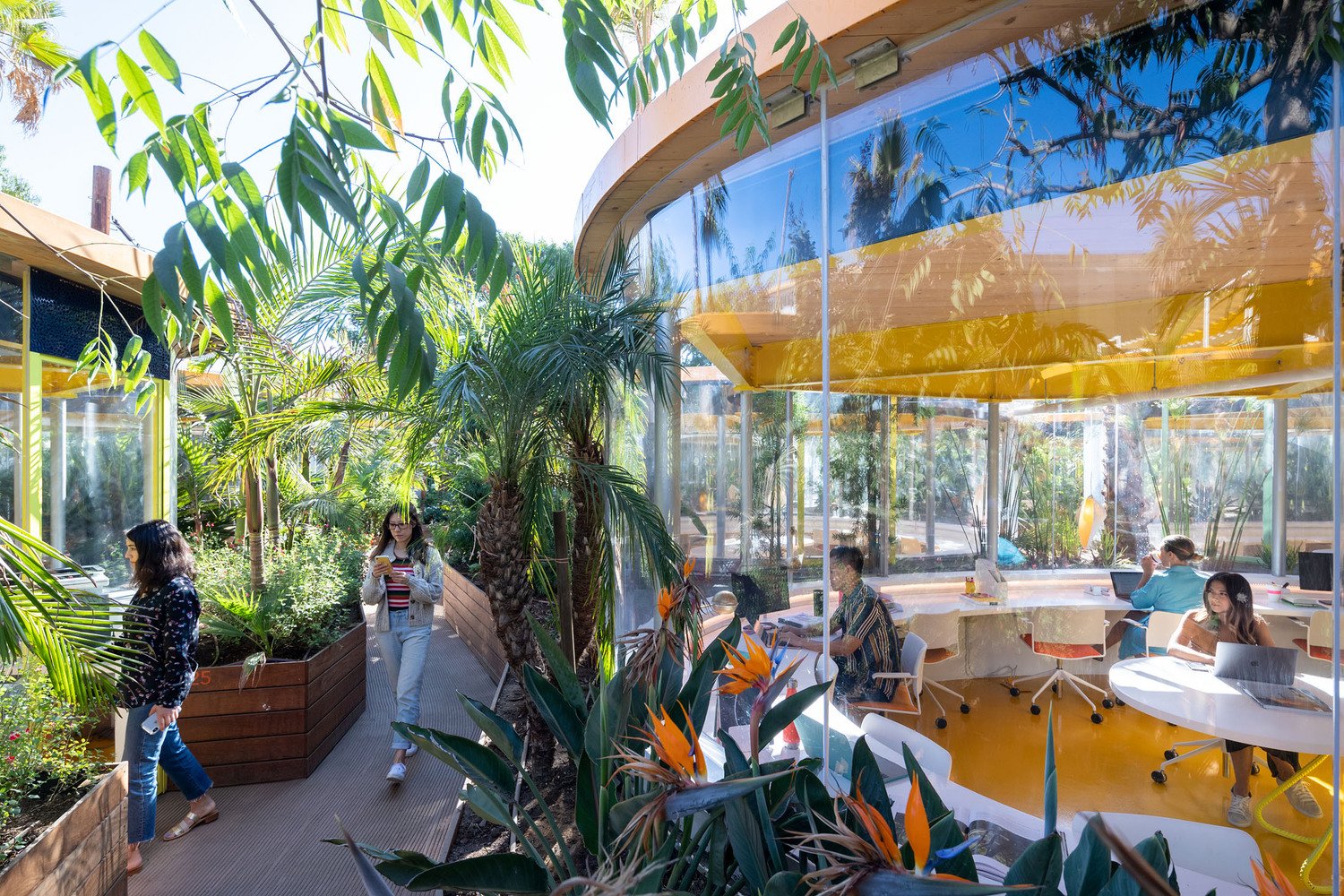
Key Features of Biophilic Design
-
There needs to be a sustained engagement of designs with their natural surroundings. An approach where the experience is isolated or occasional does not fulfil the purpose of nature as a source of happiness and healer.
-
Nature, over the past, has been a silent contributor towards nurturing a productive environment for humans, benefitting their physical, emotional and psychological needs. Biophilic designs have adapted human habits and aspirations as society changed over the years.
-
Biophilic designs encompass the complete intervention in a design or setting. The introduction of vertical farming on part façade or green terraces are not the ways in which the overall benefit of feeling close to nature can be achieved. Architects and designers need to be putting more thought and intention into their designs.
-
Establishing a permeability between built and landscaped areas should be able to inspire those inhabiting in and around a space. An emotional sense and belonging is meant to originate once architects and designers are able to prompt that collaboration.
-
A successful biophilic design not only fosters a healthy individual but, rather, a pragmatic community that aspires to build and think better, in conjunction with their natural surroundings.
Read: How is parametric Architecture Used in Biomimicry?
Inspiring Examples of Biophilic Architecture
1. Jewel Changi Airport, Singapore by Moshe Safdie
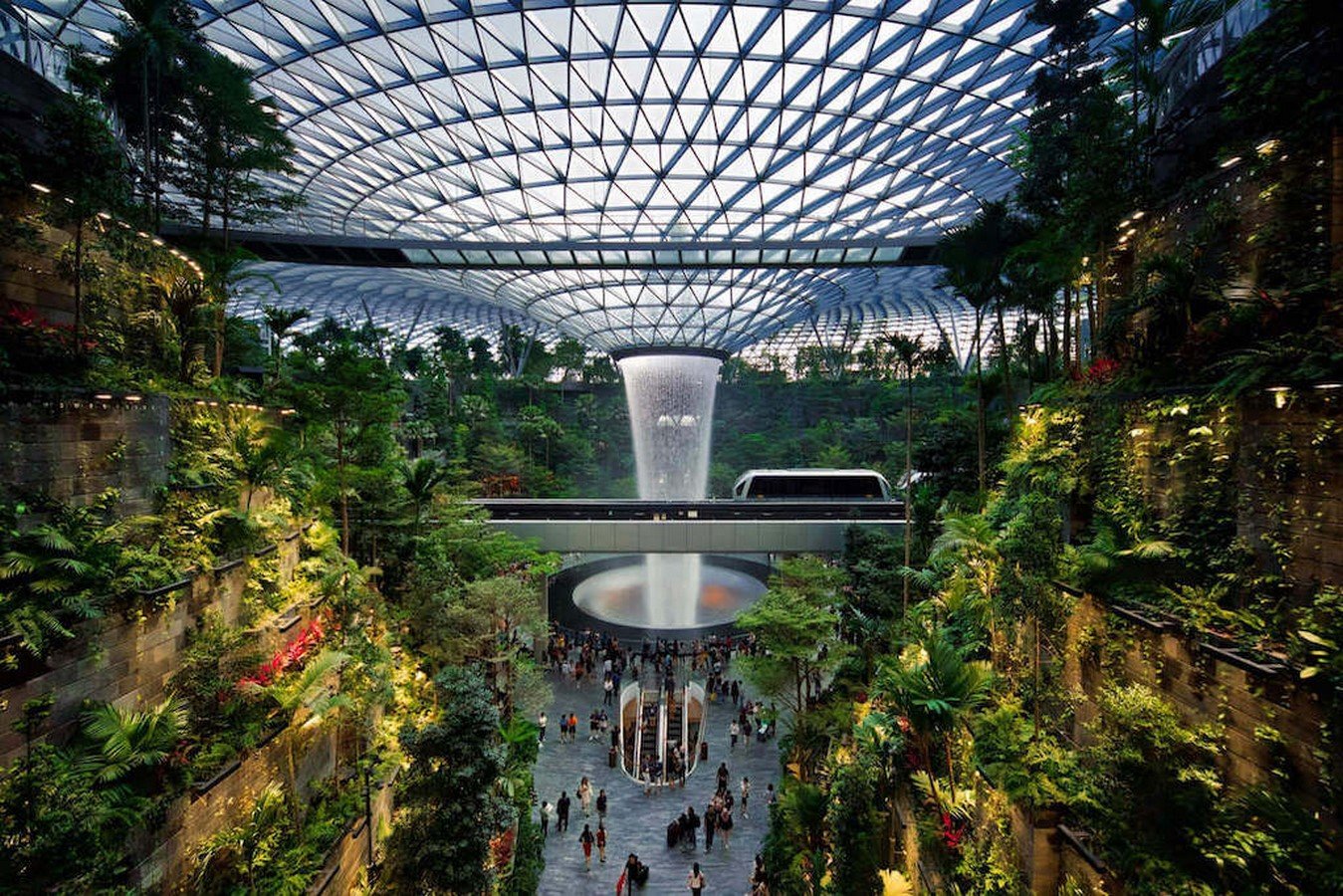
One of the most successful and all-encompassing projects– pioneering urban design, urban planning, architectural, engineering and structural designs, the Jewel Changi Airport in Singapore is the brainchild of renowned biophilic architect, Moshe Safdie.
The architects tried to bring an uplifting experience to an airport, considerably different from the monotonous linear design of a connecting corridor. Developed almost as a mixed-use space, an oculus showers water from the apex of the Jewel, making it the tallest indoor waterfall in the world. In the words of Safdie himself, "Jewel weaves together an experience of nature and the marketplace, dramatically asserting the idea of the airport as an uplifting and vibrant urban centre, engaging travellers, visitors, and residents, and echoing Singapore’s reputation as ‘The City in the Garden’."
2. Falling Water House, Pennsylvania, USA, by Frank Lloyd Wright

The father of architecture, Frank Lloyd Wright, embodied the concept of ‘organic architecture’ in his designs. Through it, he sought to bring harmony to the built environment by integrating nature, humans, and architecture. One of his most famous models to promote his theories was the residence that he designed for his client, Mr Edgar Kaufmann, and his family. The project is located in the scenic setting of Pennsylvania, in the Bear Run Nature Reserve. He used the natural stream flowing at 1298 feet above sea level, suddenly breaking to fall at 30 feet, at the core of his design concept. Instead of building across the stream, as his client had proposed, he was able to organically weave nature into the building’s design fabric.
What is Biomimetic Design?
Biomimicry or biomimetic design that in certain ways mimics nature and its concepts. It follows a simple idea - for all the challenges humans face, nature has the solution. Biomimicry translates nature’s strategies into design. The practice of biomimicry involves three essential elements - emulation, ethical framework and (re)connection. From the conscious learning from nature’s forms and processes to the constant application of this learning into creation of more regenerative designs is all part of biomimicry or biomimetic design. The core concept of biomimetic design is to mimic the components and forms of nature to create eleveted technology and human designs.
In Benyus’ words, “Nature has already solved all the challenges we face. Failures have become fossils, and what surrounds us is the key to survival”. For the longest, humans devoured understanding the workings of their surrounding natural environment to build a sustainable habitat. One can find early inspiration in the works and ideas of the polymath of the High Renaissance, Leonardo da Vinci, and the founding father of Renaissance architecture, Filippo Brunelleschi. While da Vinci was convinced that one could study the flight of birds and derive calculations that support human flight, Brunelleschi was apparently commissioned to build the dome of Florence Cathedral by successfully learning how to place an egg upright on a table.
Key Features of Biomimetic Design
-
It establishes nature as the ultimate innovator for all the inventions that can happen in its environment. This also means that it can be regarded as an educator and that God lies in the details of our surroundings, workings and systems.
-
Nature is also the ultimate critic that can judge the righteousness in a design’s creation. As a shared planet and limited resources, nature’s philosophy of evolution eliminates those species from its system that do not support its diversity. This justifies the changing climate and degrading resources on our planet; the rampant construction practices adopted over the past few decades have fast-tracked nature’s retaliation in different ways.
-
Nature also nurtures as a mentor, leading the way forward for AEC professionals and others to rectify or evolve from practices that have caused harm. By studying the patterns of our surroundings, one can gauge the selection and dismissal of design and building processes.
-
The concept also allows us to reconnect with our surroundings and find balance through nature’s design processes and strategies.
Read more: Biomimetic Design in Architecture: Origin, Pros, Cons, and its Application
Pioneering Examples of Biophilic Architecture
1. World Trade Center Transportation Hub, New York by Santiago Calatrava
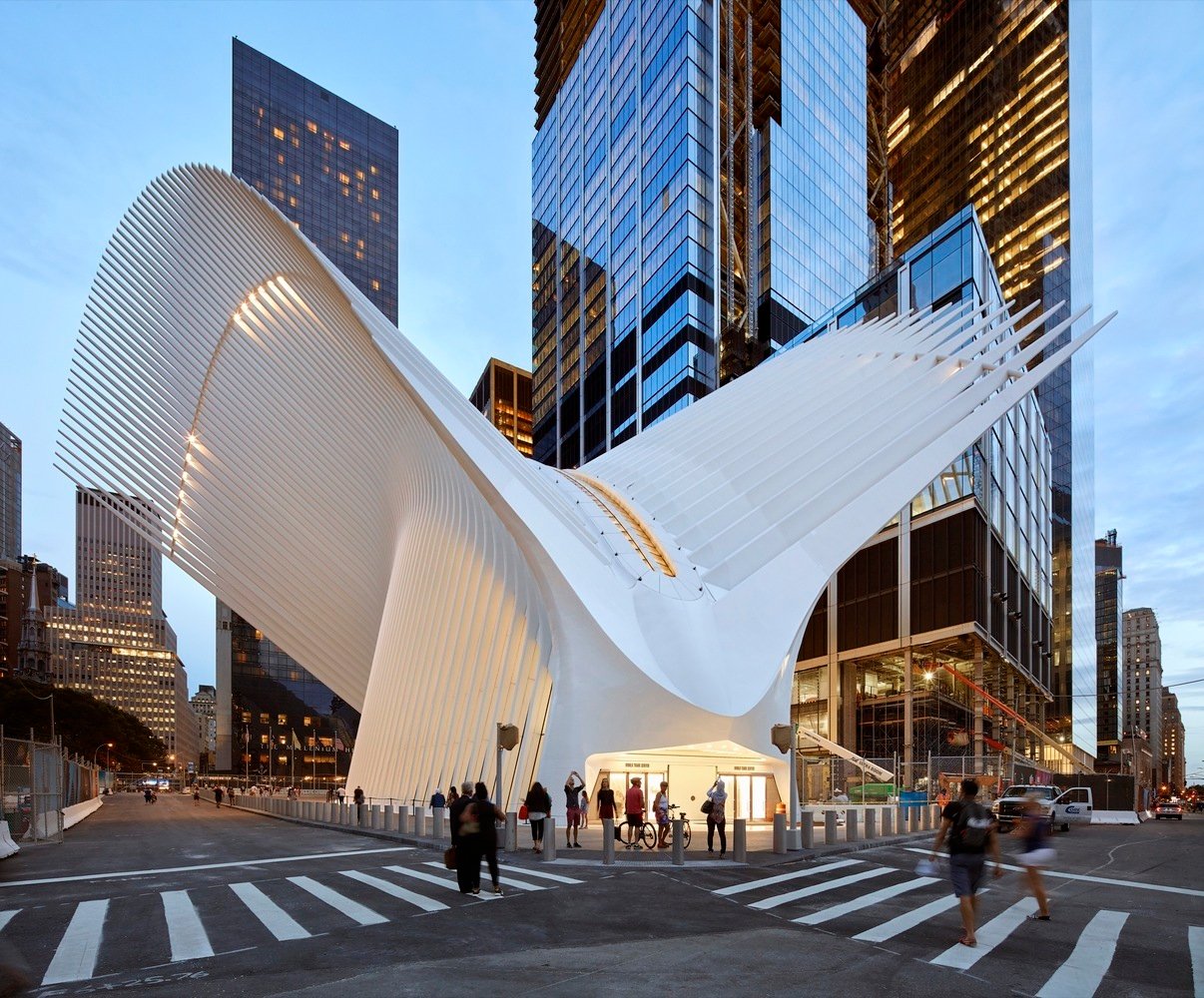
Located adjacent to the original site of the World Trade Center Twin Towers, the concept according to Calatrava, is inspired by the image of a bird released from a child’s hands. The arching roof design, imitating the form of a bird's wings and introducing skylights that naturally light up the interiors, and emerge as a work of art sculpted in the busy nodal location of New York.
2. Lotus Temple, New Delhi by Fariborz Sahba

One of the eight holy Bahá'í House of Worship in the world, the Lotus Temple in Delhi is one of the most popular destinations in the capital city. The form takes inspiration from a lotus, a flower that is sacred to most Indians. The design reflects purity, rebirth, simplicity, and clarity. The form of the flower is also repeated in the landscape, making it one of the most striking examples of biomimicry architecture.
Difference between biomimetic and biophilic design
A part of sustainable design both biomimetic and biophilic designs are inspired by nature. However, they have individual applications and characteristics that differentiate them. Rooted in the same philosophy, biomimetic and biophilic design define separate concepts. Let’s have a look at some major differences between them.
|
Difference |
Biomimetic Design |
Biophilic Design |
|
Core characteristic |
Biomimetic design is basically a “mimicry” or emulation of nature (life’s engineering). |
Biophilic designs portray humans’ connection with nature. |
|
Aim |
Biomimicry creates high-performance sustainable designs by mimicing the natural processes, models and systems. |
Biophilic design indirectly invoke nature through intentional design choices in the built environment |
|
Application |
Biometric design is used in technology and product development circles. |
Biophilic design applies directly to architecture, interior design and urban design. |
|
Inspiration from nature |
Biomimicry recognises the innovation potential of life’s tested-and-true “technologies |
Biophilia recognises the health benefits of mankind’s biological connectedness with nature |
|
Usage |
Biomimicry and other forms of bioinspired innovation can be used to tackle challenges at many scales and across industries |
Biophilic elements have been shown to reduce stress, improve cognitive performance and support positive emotions and mood. |
In Conclusion
Biomimetic and biophilic design both draw inspiration from nature, but with different objectives. Biomimetic design seeks to imitate nature's forms, processes, and functions to create new technologies and materials that solve human problems. On the other hand, biophilic design focuses on enhancing human well-being and connection with nature by incorporating natural elements, patterns, and systems into built environments. While both approaches have their benefits and challenges, they offer promising solutions to the pressing environmental and social issues of our time. By learning from and respecting nature, designers can create more sustainable, resilient, and meaningful designs that benefit both humans and the natural world.
If you feel inspired by the above projects, consider adding computational BIM and Computational Design courses to your portfolio to help materialise these unique designs. Join our programs: Master Computational Design for real-world application or BIM Professional Course. Master this complex methodology with live lectures, recorded sessions, and finally, practise all you have learnt with the final capstone project.
Want to learn more about BIM and computational design? Head to our Resources for more insightful reads.
Frequently Asked Questions
1. What are the benefits of biomimicry and biophilic design?
Inspired from the deep appreciation of nature and humans’ relationship with it, both biomimicry and biophilia were born out of environmental movement. Biomimicry leverages almost 4 billion years of nature’s evolutionary problem-solving to create more sustainable and eco-friendly technologies and designs. Biophilic designs take from environmental psychology and neuroscience continues to demonstrate that certain elements and conditions in nature have significant benefits to our health and wellbeing.
2. What are the three categories of biophilic design?
Nature in the Space, Natural Analogues, and Nature of the Space are three categories of biophilic design. Biophilic design is majorly based on the principles of environmental features, light and space, natural shapes and forms, and more. Biophilic design is beneficial for psychological well-being and physical health.

 Thanks for connecting!
Thanks for connecting!
-1.png)
-3.png?width=767&height=168&name=MCD%20B%20(Course%20Banner)-3.png)
/827x550/images/blog/blogHero/generative_design_architecture.jpg)
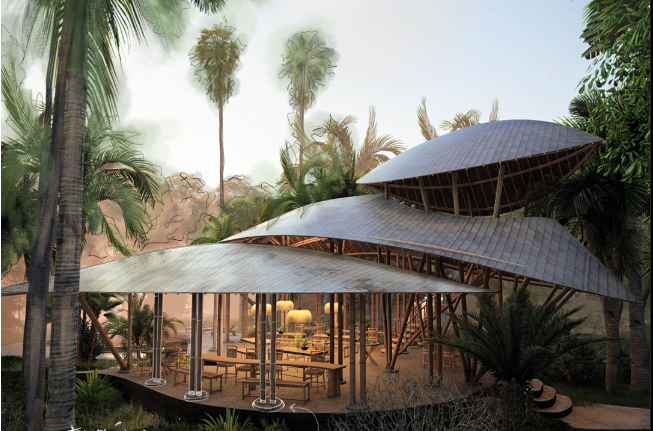
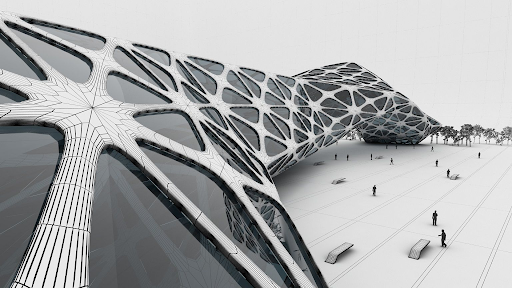
.png)

